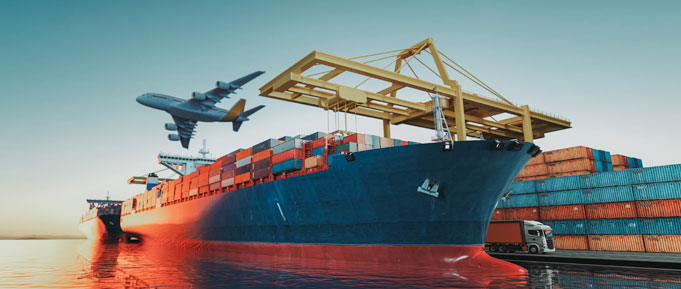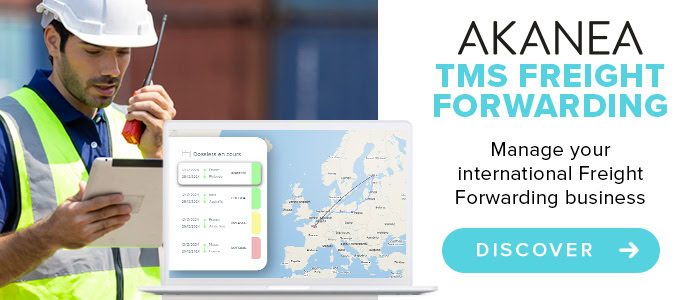
Transport and logistics functions have become central and strategic for business competitiveness.
Loading and unloading goods, shipping, traceability, security, and handling customs formalities are all complex tasks in international logistics. Your mission as a freight forwarder: provide a high-performing and well-organized supply chain.
Here are 3 tips to better organize your international transport operations.
1/ Identify and anticipate constraints
As a freight forwarder, you need to consider and anticipate various constraints.
Environmental constraints:
First, the logistics professional must study the nature of the goods being transported. Perishable items or hazardous materials require special precautions during transport. This means selecting suitable transport methods, storage, and delivery times.
Second, regulations vary by country. Required documents may include certifications, licenses, or specific customs declarations.
Geography also plays a role in organizing international transport. Certain areas may be difficult to access and require particular transport methods.
Delays due to supply chain disruptions:
Deliveries may be delayed due to many variables. It is essential for the freight forwarder to constantly reassess predictive timelines (arrival or delivery dates) and adjust planning in response to events, ensuring subsequent shipments are reorganized efficiently.
2/ Make the right strategic choices
The professional in charge of organizing shipments abroad must make several strategic decisions:
- Choosing packaging: Packaging must balance optimized volume to make the most of transport capacity, cost-efficiency, and the ability to fully protect goods during transit.
- Choosing the transport mode: The selected transport method should consider cost, regulatory constraints, and delivery times. Multimodal transport is often preferred, along with the increasing use of combined transport, supported by government initiatives to promote non-road transport modes.
- Choosing logistics providers: Many actors operate along the logistics chain. To select the right partner, the freight forwarder evaluates cost, reputation, certifications, and quality of service.
3/ Adopt a TMS (Transport Management System): an essential management tool
For both small and large businesses, using management software to oversee transport operations is now essential. As shipment volumes grow and delivery times shrink, logistics networks become increasingly complex.
Transport management software addresses key challenges in international transport:
- Optimizing supply: Ensure relevant supplier sourcing based on client needs.
- Better resource and operations management: Manage orders and monitor activities in real time.
- Cost control and profitability: Streamline inbound and outbound flows while tracking margins.
- Up-to-date accounting: Automatically generate invoices and reminders.
- Rapid reevaluation of predictive timelines: With complete traceability and predictive tools, determine accurate arrival and departure dates, and reorganize shipments as needed. (Be reactive with Akanea TMS Freight Forwarding.)
- Strategic monitoring: Continuous reporting and real-time visibility of all operations. Performance indicators enable more informed decision-making.
Conclusion:
Planning and organizing international transport must be extremely precise to avoid costly delays. By anticipating constraints, making strategic choices, and using suitable digital solutions, you can increase agility across the supply chain and better organize your international transport operations.


